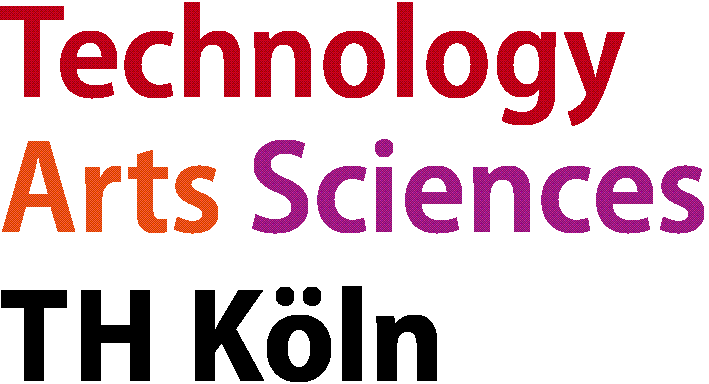 |
Master of Eng. in Automation & IT |
|
|
|

|
|
Infrastructure and Integration of Technical Systems
Qualification aims
The module encompasses the application of electrical and physical principles to develop and critically evaluate accurate simulations of measurement and electrical energy systems using industry-standard tools, enabling the prediction and analysis of system behaviors and the identification of improvements.
Students can
- understand the fundamental principles of technical systems
- comprehend integration techniques for technical systems
- identify the challenges and solutions in system integration
- acknowledge the impact of emerging technologies
by
- reviewing current literature
- applying integration techniques
- developing the skills to design, evaluate, and implement integration solutions for connecting disparate technical systems
- comprehending various integration models and integrating sub-systems
- performing system analysis and design
- conducting comprehensive system analyses and design robust models that optimize the functionality and efficiency of technical systems
- critical thinking and problem solving
- summarizing results in reports
- presenting results in oral presentations
to
- grasp the theoretical underpinnings of technical systems
- be able to integrate automation systems, technical information systems and business information systems
- identify opportunities for energy efficient improvements and sustainability
- understand the environmental, economic, and social impacts of the developed solutions
- acquire practical skills and attitudes critical for success in the engineering of technical systems
Module Content
Measurement Systems
- Introduction to the theory of measurement systems
- Measurement process and the definition of units of measurement
- Systematics of physical effects
- Types and structure of sensors
- Concepts of measurement electronics and amplifiers
- Computer-aided measuring systems
- Measurement data and results
Business Information Systems and Enterprise Resource Planning Systems (ERP)
- Relevance of ERP Systems in a Business Context, ERP Paradigms
- Basic Technologies and Technical Architecture
- Business Process Modelling and Application Automization
- Application Programming and Implementation of Business Functions
- Integration Patterns, Web Service Based Integration
Industrial Systems
- Manufacturing Industries
- Manufacturing Industries Production Plants
- Unit Concept in Manufacturing Industries
- Units (Machine Tools, ...)
- Process Industries
- Process Industries Production Plants
- Unit Concept in Process Industries
- Units (Pipes, Valves, Pumps, Compressors, Tanks, Reactors, Distillation Columns, etc.)
- Continuous Systems
- Discrete Event Systems
- Hybrid Systems
Sustainable Energy Systems
- Electrical grids and grid components
- Energy transition and respective grid requirements
- Distributed energy resources
- Smart grids
- Power quality
- Testing and monitoring
Bibliography
- B.E.A. Saleh and M.C. Teich: Fundamentals of Photonics, Wiley, 2007
- Girod, et.al.: Signals and Systems. ISBN 0-471-98800-6
- Proakis: Digital Signal Processing. ISBN 0-13-394289-9
- Diniz, et.al.: Digital Signal Processing. ISBN 0-521-78175-2
- Vaidyanathan, P.P.: Multirate Systems and Filter Banks. ISBN 0-13-605718-7
- Chappell D. A.: Enterprise Service Bus. O'Reilly, 2004
- Josuttis N., M.: Soa in Practice. O'Reilly Media, 2007
- Van der Hoven H.: ERP and Business Processes. Llumina Press, 2009
- Current publications of major manufacturers such as ORACLE, SAP, SIEMENS
- Papailiou: Handbook of Power Systems. Springer, CIGRE
- Schwab, A.J.: Elektroenergiesysteme. Springer Vieweg.
- Rashid, M.: Energy Systems in Electrical Engineering, Springer
- Yang, P.: Renewable Energy – Challenges and Solutions, Springer, https://doi.org/10.1007/978-3-031-49125-2
|
© 2025 TH Köln
Contact
|
|
![Deutsch version not yet available [ger]](http://www.master-ait.de/common/flag_ger_inactive.gif)
![Englisch [eng]](http://www.master-ait.de/common/flag_eng.gif) Englisch
Englisch